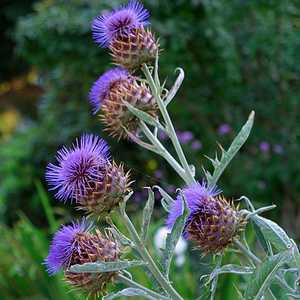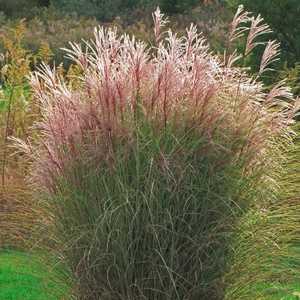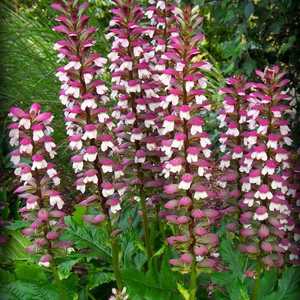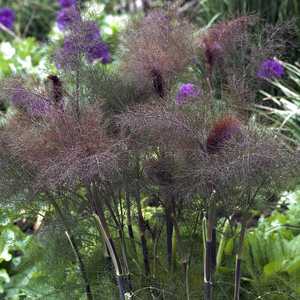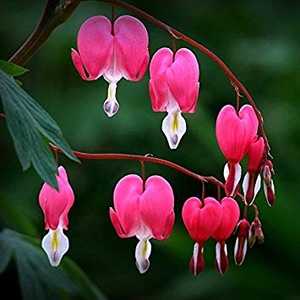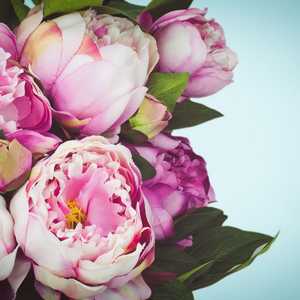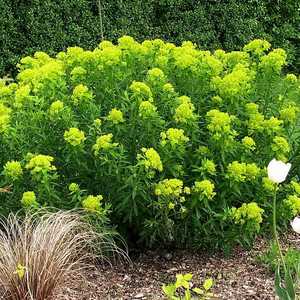Plants for Our Unpredictable Summers
It can’t have escaped anyone’s notice that the weather has a bit funny lately. What with the hottest summer for years and February’s record temperatures, we can no longer be in denial about climate change and the possibility of another scorching summer.
I shall suggest plants that will cope with any conditions that may be thrown at us this year, as long as you get the plants into the ground before Easter. They will have time to establish before drought hits again. They will also be suitable if we end up with a wet summer, so tough plants with a tolerance for a wide range of conditions are required. These will tolerate any soil except in poorly drained conditions and require no staking, but perhaps a half hoop to prop up the odd lolling branch may help – do not plant them closer than 3’ to a path.
Perennials with deep and fleshy root systems are called for, as they can reach down for water and store it in time of drought. However, make sure you find the right place for them first time – the root systems are incredibly persistent and will only be killed off with chemical intervention if you change your mind. You can propagate the plants from root cuttings. Digging up large chunks in March and transplanting them will be successful if you move a large back breaking clod of roots, but small pieces may fail, where every single root left behind will grow beautifully – very annoying!
Here are my top 10...
1. Agapanthus. These flower in August and September and come in shades of white, pale blues to dark blue. The smaller white ones I have found rather short lived, but if could have only one it would be A. inapertus ‘Alan Street’, an almost navy-blue form raised by Avon Bulbs of Mid Lambrook. Full sun.
2. Cardoon. This is the big 7’ cousin of globe artichokes and a great background plant for a sunny border, with large jagged silver leaves, looking scruffy only when the flower stems collapse in autumn. You could grow the globe artichokes instead, but the bare stems look tragic when you decapitate the globes to eat. Full sun.
3. Miscanthus Morning Light. Not everyone cares for grasses, however fashionable they might be, but sometimes a large fountain of foliage with a fine white striped leaf is just what is needed in a large border. 6 to 7’ tall, this is smooth edged, unlike pampas grass which will cut you in passing and apparently bring your reputation into disrepute. I never heard of the rumour that pampas grass meant you were a swinger if you had one in the front garden back in the 80’s. I had one. Nobody came calling - should I be glad or sad? Full sun.
4. Acanthus mollis. This forms a large mound of fleshy leaves with spiny spires of flowers of purple and white. Sometimes despised as coarse and common, it will put up with worse dry shade conditions that any other plant I know. In our recent mild winters, the leaves are evergreen. Full sun to deep shade.
5. Bronze fennel. This is a good dusky partner for the silver cardoons and grasses, although it is inclined to seed too enthusiastically. Remember to cut the canes ruthlessly to the floor before the flowers seed and it will shoot again for autumn and stay in control. It is a good herb for oily fish. Full sun
6. Globe thistle. There are a few varieties, but for the smaller garden, I would plant Echinops ‘Veitch’s Blue’ being slightly shorter than straight Echinops ritro. You can cut the flower heads and dry them. It is not so offensively spiny as to be a trial when cutting down in the autumn. Full sun.
7. Dicentra spectabilis. Bleeding heart is favourite of the cottage garden. It grows only 2’ tall and will transplant successfully if you do not damage the roots too much. Sun to light shade.
8. Peonies. It is a myth that Peony lactiflora resent moving – Kelways of Langport have a core business doing exactly that. Do not divide into small pieces and you must plant them no deeper than they were before, their red shoots emerging at the soil surface. They will take a few years to truly settle down, but last for decades. Sun to light shade
9. Oriental poppies. May flowering, these look very scruffy after the flowers have gone over. However, they grow all their leaves before flowering and if you cut them down to the ground after flowering, they will regrow a neat tuft of leaves and can be interplanted with late summer annuals like cosmos. The bright orange ones fight with my colour scheme, but the pillar box red tall Beauty of Livermere looks wonderful near…..
10. …..lime green Euphorbia characias wulfenii, of which the clones Lambrook Gold and John Tomlinson are the biggest and brightest. These are generally classified as shrubs, but need to be treated as perennials, cutting down the old flowering stems to the base after they have gone over. Wear long gloves as the sap can cause a rash. You may skimp this job in the summer rush and every few years it pays to get right in there and do the job properly. This regime keeps the plant naturally down to under 4’, so it is a good plant for borders under the windows.
With many thanks to Katherine Crouch
Katherine Crouch Garden Design
Telephone 01935 881752
Mobile 07594 574150
If you would like to contribute a blog, please contact Sitting Spiritually at info@sittingspiritually.co.uk
Posted on March 14th 2019


